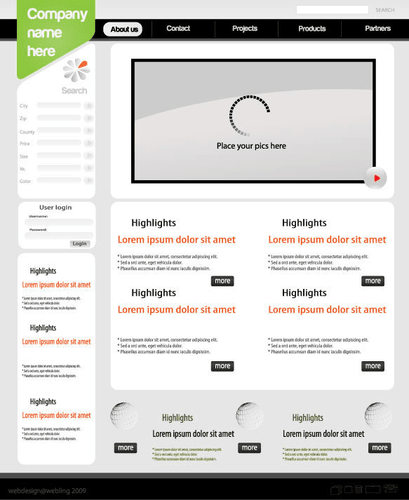Content

Transit inventory refers to items that are being moved from one location to another, such as raw materials being transported to the factory by railway or finished goods being transported to the store by truck. With the right solution to meet inventory accounting challenges, you can make better reports, which leads to better business decisions. And with less time spent chasing down answers inventory accounting to inventory accounting mysteries, you can free yourself up to spend more time growing your business. Proper inventory classification makes accounting for inventory less stressful with properly labeled stock that you can prioritize, instead of treating every last item the same way. As a business owner, one of your biggest nightmares is missing out on sales because of stockouts.

Inventory audits are never fun, whether you do it monthly, quarterly, or yearly, but classification definitely makes them less painful. Overstocks and stockouts are two of the most common inventory issues businesses face. Knowing what inventory you have, and where it is, will help make you a better business person. You’ll be more aware of where your money is tied up, and you’ll be able to make decisions that protect that investment. The Ascent is a Motley Fool service that rates and reviews essential products for your everyday money matters. Weighted average is best used in a manufacturing environment where inventory is frequently intermingled, and difficult to track separately.
Specific Identification Method
However, there are some additional advantages to keeping track of the value of items through their respective production stages. Namely, inventory accounting allows businesses to assess where they may be able to increase profit margins on a product at a particular place in that product’s cycle. In a manufacturing or a trading business, fluctuations and market movements cannot always be predicted. Such changes can have a negative impact on the sales or production process, which can lead to out-of-stock situations. Buffer inventory attempts to compensate for this by following the adage that prevention is better than cure. Buffer inventory (also known as safety stock), consists of the items stored in the warehouse of a store or a factory to cushion the impact of unexpected shocks.
However, it’s important to note that LIFO is not an acceptable method of accounting for inventory under some accounting standards, so make sure you understand the principles applicable in your situation. Understanding and applying these models can significantly enhance inventory management, contributing to the efficiency and profitability of your business. If you make the clothes yourself, then the threads and fabrics used to produce more clothes form a different part of your inventory.
Finished goods
You will be in a position to know the business profitability only when you to determine the cost of goods by way of stock valuation. Manufacture and expiry date management is crucial for business dealing with products having defined shelf life or short durability. Tracking inventory based on their shelf life, will allow business owners to keep a constant check on expired products, and refrain from selling it to the customer and getting into their bad books. TallyPrime’s batch summary report, you can maintain batches with manufacturing and expiry dates and get complete visibility of batch details such mfg date, expiry date, no of days till expiry etc.
With this order, the oldest crystals in stock, which were $6 each, were sold first, along with 65 crystals from the most recent purchase. After both of these purchases were completed, you were left with 35 crystals in stock, all https://www.bookstime.com/ valued at $5 each for a total value of $175. Inventory movement affects your company in multiple ways — impacting cash flow, cost of goods sold, and even profit — which is why accounting for it properly is so important.
Summary of IAS 2
At the end of a financial reporting period, the total finished goods are combined with the costs of raw materials and work in progress in one “inventory” line on the balance sheet. Inventory management is a multifaceted discipline that requires a deep understanding of the various types of inventory that exist within a business. Both cost of goods sold and inventory valuation depend on accounting for inventory properly.
- Because inventory is a business asset, accountants must consistently and appropriately use an acceptable, valid method for assigning costs to inventory to record it as an asset.
- This proactive approach helps the company meet customer demand without delay and potentially benefit from cost savings when prices are lower.
- Cycle inventories are usually materials which are directly used in the production or they are part of some regular process.
- Inventory as an entity does not count directly as income on a person’s income statement.
- For instance, the oil used in the production of shampoo is considered a raw material.
- Classifying inventory allows a business to have the right items at the right time in the right quantity.

Leave A Comment